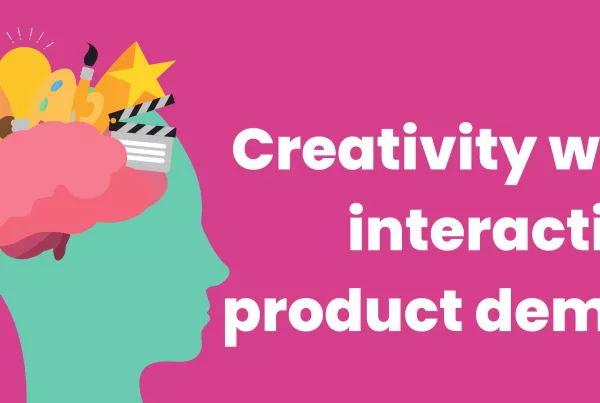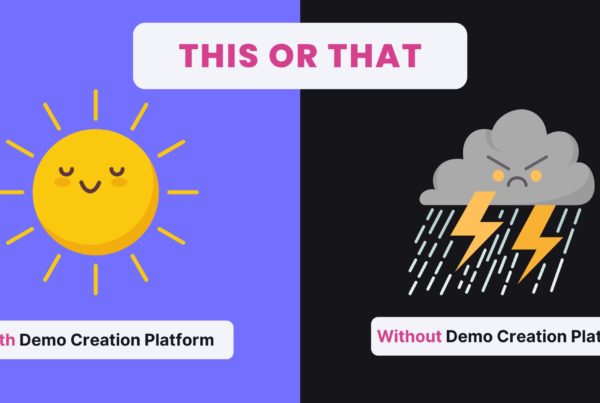Is product-led growth here to eliminate the need for sales? Not at all – in fact, by adding a sales team on top of your PLG motion, you can see incredible results.
Correlated and Dooly recently held an event to discuss why you need to have PLG and sales working together to get real, sustainable growth, and exactly how to do it. The speakers were:
Ryan Scalera, Former AE at Dooly
Tim Geisenheimer, CEO and Co-Founder at Correlated
Breezy Beaumont, Head of Growth at Correlated
It was a deep, insightful conversation filled with wisdom – here are my biggest takeaways from the event.
Sales vs. PLG: An Old Myth
There’s a very common misconception that sales and PLG don’t go together – or that they’re even in opposition to each other. Why would you even need sales if you’re going in a product-led direction? But in reality, the greatest PLG companies out there have a robust sales org and motion on top of PLG. 96% of PLG companies have a sales team, in fact!
One of the reasons for this misconception is that with PLG, many leaders assume the product sells itself – but layering sales on top helps you add fuel to the fire. That’s how you’ll get those bigger, better deals.
Here’s a great analogy for how sales plus PLG works. Users come into your product because they’re thirsty, and they’re looking for the fastest way to get a glass of water. But there are bigger picture reasons for their thirst, and sales can help uncover that by asking them about their sodium intake, their exercise habits, and more.
That’s how sales helps to solve the deeper business issue, instead of simply the immediate technical one. PLG brings them in and sales gets them to that time to value faster by understanding how that pain point impacts the broader organization.
The self-serve flywheel is important, but it’s not sufficient on its own to build a massive company. You can easily get hamstrung if you don’t have a sales org to translate that self-serve motion into value.
PLG is a great way to bring users in initially – no one is introduced to Slack because an SDR emailed a CIO – but you do need a sales org on top of that in most cases.
The Scoop on PQLs
PQLs aren’t just one thing. They can actually happen multiple times based on the actions your users are taking in the product. And there are multiple expansion opportunities in the product too: signing up, getting more people to join, expanding to a new set of features, and so on.
A helpful way to consider PQLs is by differentiating them from MQLs. MQLs are based on actions people are taking on your website, like reading blogs or downloading whitepapers. A PQL is the same concept, but using the actions people are taking inside of your product.
MQLs are not totally dead – everyone won’t get into your product – but the qualification criteria is higher for PQLs and so they’re more valuable. If you’re beginning your product-led journey and need to pick just one kind of lead, go with PQLs.
When identifying the criteria for your PQLs, try to figure out why your users are logging into the product. With MQLs you don’t know which part of the white paper they read and used, but with PQLs you can tell all that with more specificity. Did they spend time on something that tells you where to dig? You can use that data in outreach so that when you’re talking to the VP of Sales to make the purchase case, you have hyper-relevance instead of just saying, “I noticed you downloaded this.”
Collecting Product Usage Data
One thing that has constrained companies putting PQLs into practice is that it’s complex to collect the data and put it in the hands of sales teams.
First, you need to actually collect product data in your app, but fortunately now there are tools for that. Then you need to consolidate the data in a central place like a cloud data warehouse, and you’re probably collecting a lot of great data in CRM as well. Finally, there are newer tools called reverse ETLs that are taking what’s in the cloud data warehouse and pushing it down into tools like Salesforce or Hubspot. That’s a good start – but there’s a lot more you can do.
The wrong approach to using all this great data is saying “we saw you are in our product – here’s what we do.” Decision-makers care about their business, not yours.
You can actually add value instead based on the product usage data you have, and not just make it a typical sales pitch. And as the market gets more crowded and everyone is moving to email and digital, you can stand out. It’s awesome that we have this data today, because it used to be really hard to access.
Your PLG sales approach should solve a business problem, not a technical one. Why does something matter? Peel the onion back – if you can start doing that in your product outreach you’re on the right path.
View the complete event here:





